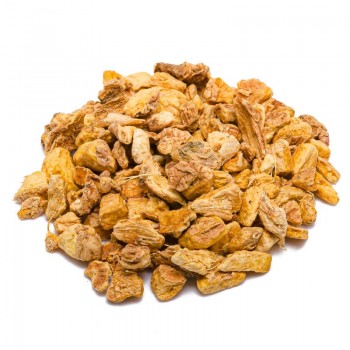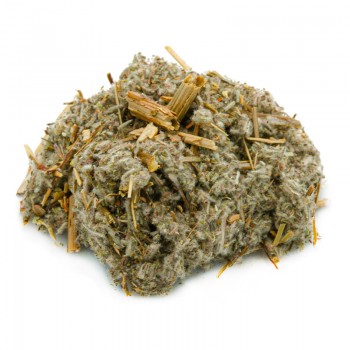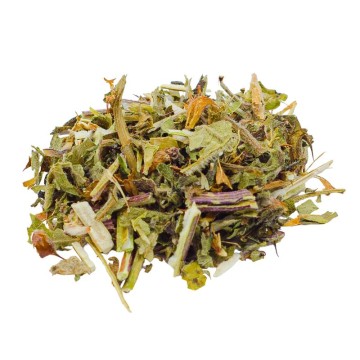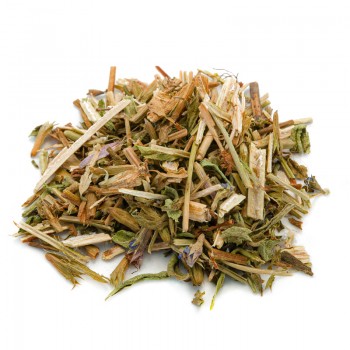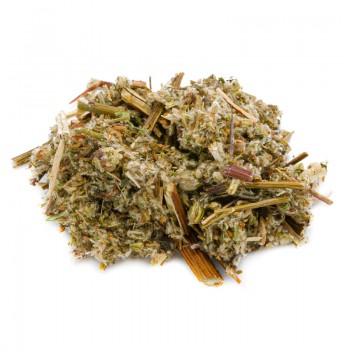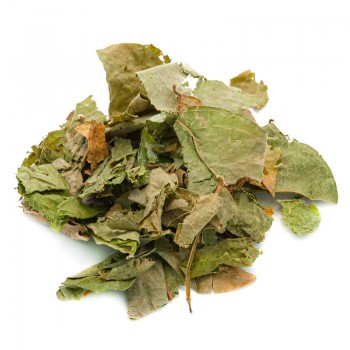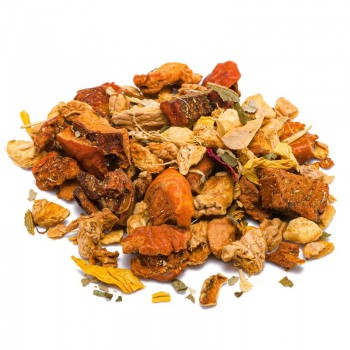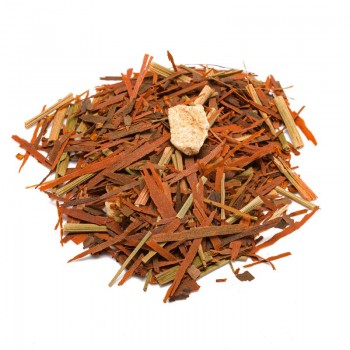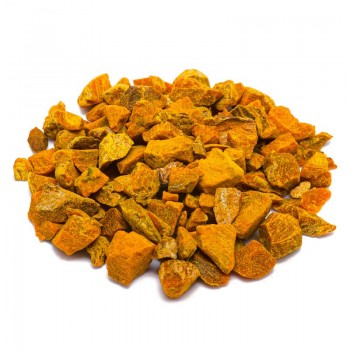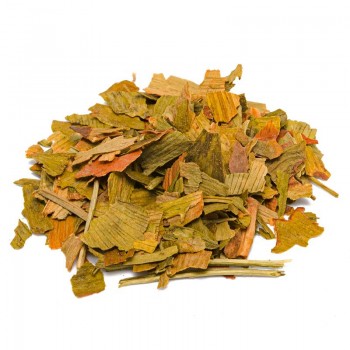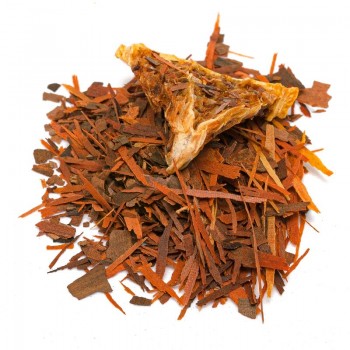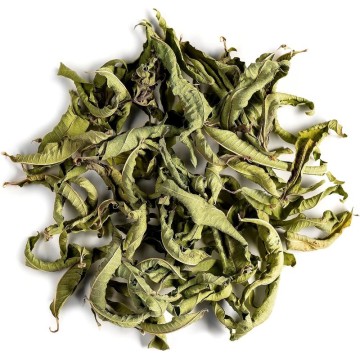Echinacea is one of the most popular medicinal herbs in the world, and we know that Native Americans have used it for centuries to treat various ailments, primarily as a natural anti-inflammatory.
Today we know that it is a plant with the defense capacity of the immune system, especially against colds and sore throats.
Echinacea root: properties and benefits
It is its root that for centuries has been used for healing treatments, because it has natural properties useful against the common cold or the flu.
Furthermore, echinacea is also used to treat painful states due to inflammation, migraines and cystitis.
Starting from the most important, the medicinal properties of echinacea are in particular those stimulating and strengthening the immune system.
These characteristics are due to the fact that echinacea plants contain an impressive variety of active compounds, such as caffeic acid, alkamides, phenolic acids, rosmarinic acid, and polyacetylenes .
A molecule studied for its properties is the phenylpropanoid echinacoside, a compound produced by the plant to defend itself against pathogens. It is a glycoside of caffeic acid, which has an anti-inflammatory action - also useful for calming chronic pain or swelling from inflammation.
Echinacoside, together with alkamid substances, has also been studied for years for its properties to increase the body's defenses, and inhibit the penetration of viruses into healthy cells. < / p>
In this way, it reduces the chances of contracting infections and protects us in a triple way: it prevents viral entry into cells, stimulates the formation of T cells, increases production of white blood cells in the body, useful to counteract the presence of viruses and bacteria in our body.
Thanks to the anti-inflammatory and immuno-modulating effects, the use of this plant can be a great help for the treatment of colds and its symptoms, as well as respiratory tract diseases , such as cough and bronchitis.
Other studies have linked echinacea and its compounds to various health benefits, due to their antioxidant properties.
Echinacea has plant compounds such as flavonoids, chicoric acid and rosmarinic acid. These molecules help defend our cells from oxidative stress, a state that has been linked to cellular aging and various degenerative diseases.
Due to its immune system resistance and natural antibacterial properties, it has been used to mitigate the symptoms of cystitis and recurrent urinary tract infections, as well as gum and gum inflammation. ear.
Echinacea root can be taken in different forms and preparations, including a good infusion: a valid help as a natural anti-inflammatory for the body, and also for relaxation. Some compounds, such as alkamides, can reduce feelings of agitation, and relax the body.
Origins and History of cultivation
This plant native to North America has been used by Native American Indians for centuries as a medicinal plant.
It was used for the treatment of fever or cold, but also for snake bites, toothaches, sore throats, etc. It has been considered useful as a natural antiviral and antibacterial for various infections.
Indeed, it has been noted that often the Indian settlements were always close to the diffusion areas of Echinacea.
We know that these plants were also of different varieties, as they were different species: Echinacea purpurea, Echinacea angustifolia and Echinacea pallida.
Already in the nineteenth century, the colonists discovered its properties and exploited the plant, creating plant compounds that are very widespread in the United States.
Commercial cultivation of echinacea was started in Germany around the 1940s, and the plant was introduced in Switzerland around 1950.
Since then, chemists and pharmacologists have been interested in echinacea and even today the extracts are appreciated for their immunostimulating properties, for prevention and therapyof colds, flu and inflammations.
Both the tops and roots of the plant are used in tablets, tinctures, extracts and teas .
Plant and flowers
Echinacea is the name of a group of flowering plants of the daisy family, the Asteraceae, native to North America.
It grows in grasslands and in open and wooded areas, and has several species. Only three are used in phytotherapy : Echinacea purpurea, Echinacea angustifolia and Echinacea pallida.
These are polyennial herbaceous plants with winter vegetative rest (the epigeal part dries up in autumn). They appear from late spring to autumn, and bloom between June and August.
The echinacea root used is usually taken from 3-4 year old plants, which generally correspond to pale Echinacea plants.
The name echinacea derives from the Greek word echinos or hedgehog, referring to the flowers or the structure of the seeds.
Nutritional values of Echinacea root
The active components of the plant are mainly polysaccharides, responsible for the immunostimulating activity.
The root contains alkamides and derivatives of caffeic acid, such as echinacoside, alkamides, chlorogenic acid, cynarin . It also has essential oil with antibacterial properties, and various flavonoids (luteolin, quercetin, apigenin, etc.).
There are also polyacetylenes with bactericidal and fungicidal effect.
How to use Echinacea root in herbal tea
The infusion of Echinacea, is obtained by inserting in a cup (250 ml), about 3-5 grams of the herbal tea cut root, with water at 100 ° C.
Leave to infuse for 8 to 10 minutes, before drinking the herbal tea.
Add honey or sugar if desired.
Echinacea root herbal tea cut: side effects and contraindications
Usually the extracts of this plant are tolerated without major side effects, especially in the medium term.
In some cases, however, sensitivity reactions may occur with skin rashes and itching, swelling, stomach pain, nausea.
In particular, it is advisable to respect the recommended doses of echinacea and not to excessively prolong the treatment times, pausing between one cycle and another.
Since echinacea stimulates the immune system, people with autoimmune disorders or taking immunosuppressive drugs should avoid it or consult their doctor.






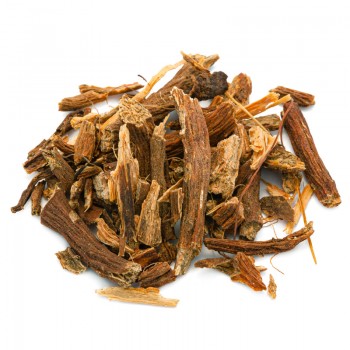




 No reward points for this product.
No reward points for this product.
